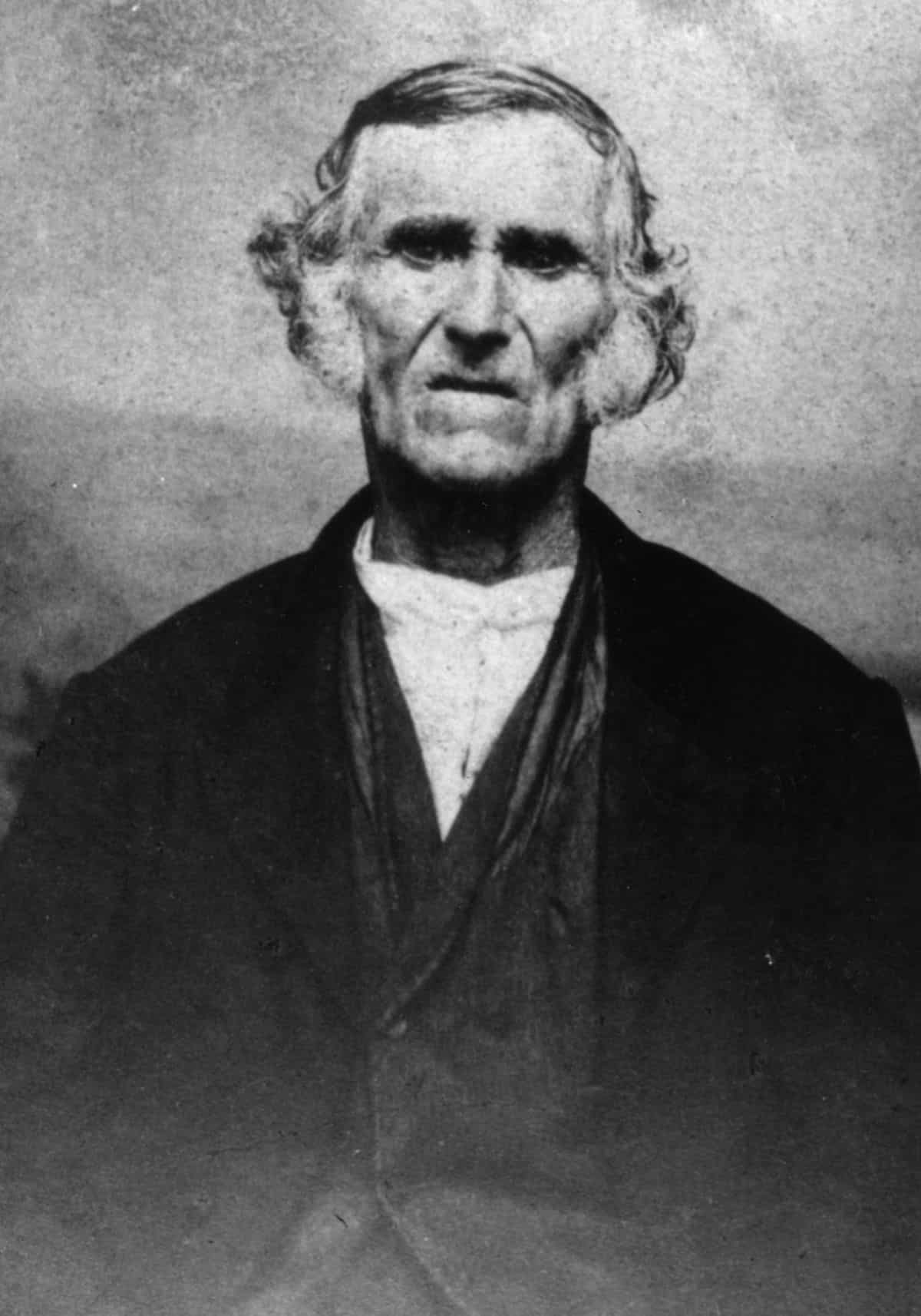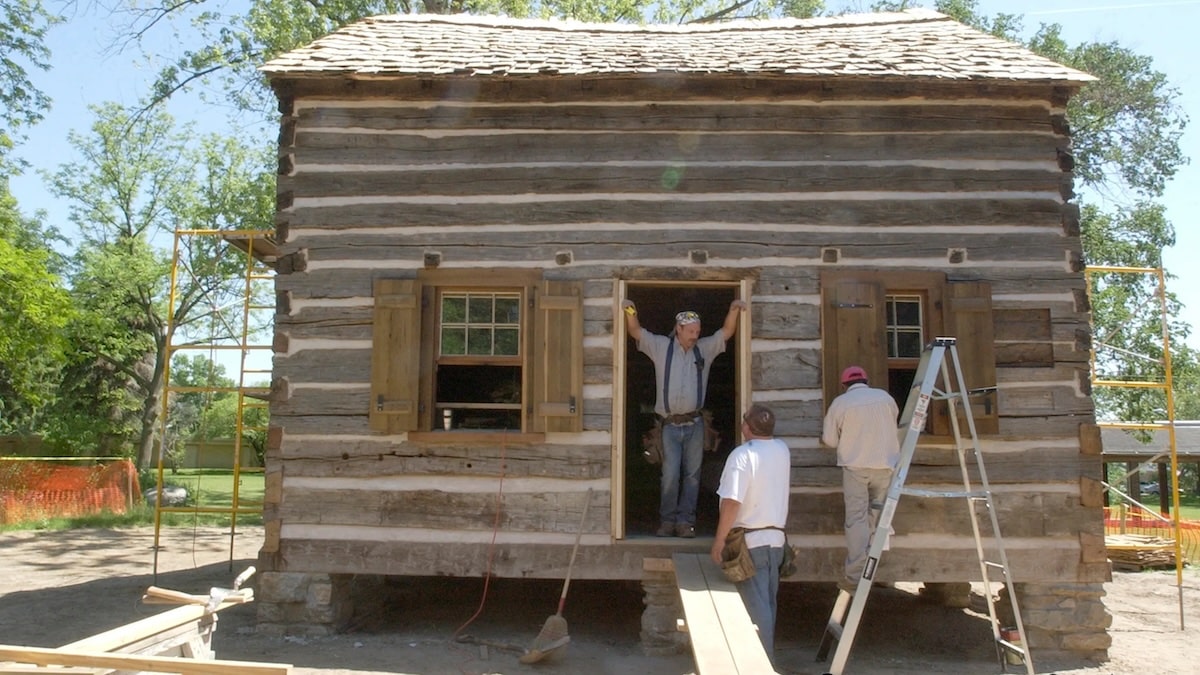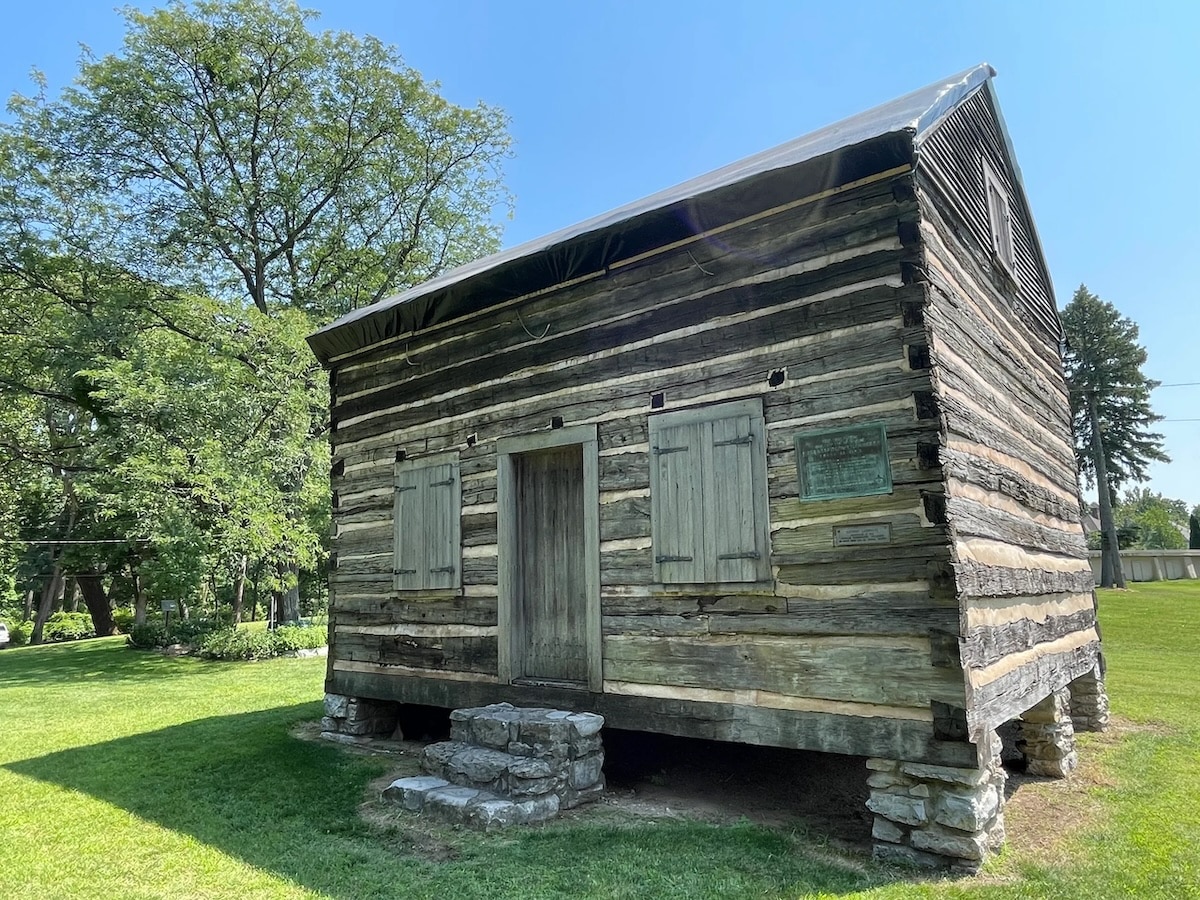The northern Indiana daily South Bend Tribune has just published an article by Jordan Smith about a small cabin, located in St. Joseph County on the Michigan border, which is going to be moved to a new place so it can better serve as an educational tool to show off what a home from the beginning of the 19th century was like.
Our readers may be wondering why we’re talking here on the blog about a tiny 200-year-old cabin on the shores of the Great Lakes (which is, by the way, not too far from where Pat Bieter, the “German Catholic” of Milwaukee, who married Eloisa Garmendia, a Basque from Boise, starting a family, and becoming a pillar of the Basque community in Boise).
A Descendant of the King of Navarre in Indiana
So wondering why is quite normal, but what lies behind this building is a history that connects the cabin and its builder, via his family, to Antoine I, Count of Bourbon, who by marriage to Jeanne d’Albret became the king of Navarre, contributing Bourbon blood to it, which ended up becoming the royal family first of France and then of Spain.


For us, the trigger for diving into this story was the cabin’s name, “Navarra.” We suspect it’s quite easy to understand that discovering an 1820 cabin with that name would pique our interest.
Its builder and owner was Pierre Freischutz Navarre (1787–1864) who, according to the article, was of French descent. We were able to find his file on Family Search.
In and of itself, the story is quite interesting. He was the first European colonist to move to the St. Joseph River valley. There, he set up shop, and married a Potawatomi woman named Keshewaquay, who adopted the name Angelique, and was daughter of the renowned Potawatomi leader and warrior Wabaunsee. The couple had several children.
Pierre Freischutz Navarre was was very loyal to his new family and the nation they belonged to, the Potawatomi. In the 1840s, they all moved to Kansas (after being expelled by the US Government), and he only returned to Indiana after Angelique’s death, as explained on the Potawatomi Heritage website.
But what’s even more interesting, for us, is his family line, which connects him directly to Jean Navarre, biological son of Antoine I of Navarre and therefore step-brother to Henry III of Navarre, who went on to become Henry IV, king of France.


A long list of children, grandchildren, and great-grandchildren lead us to Robert Navarre, great-grandson of King Antoine I (via the line of his biological son Jean Navarre), who was sent to the French colonies in North America, specifically to Fort Pontchartrain (Detroit, which was a French colony at the time), as a sub-intendente and royal notary. This position was of great importance in the colony, since h answered only to the Intendente of Quebec.
Pierre Freischutz Navarre, the first European in St. Joseph County
At that time, in addition to subsistence agriculture and ranching, the economy was based on fur trading. A one of Robert Navarre’s grandchildren, Pierre Freischutz Navarre, settled down in St. Joseph County in 1820 as an agent of the renowned American Fur Company. By 1830, this company had monopolized the fur trade in the United States, becoming one o the largest companies in the country.


His cabin, his home, that of a descendant of the King of Navarre, who was married to a Potawatomi woman named Keshewaquay, who went with his wife and her people when they were forced from their homes and deported to Kansas by order of the US Government… That cabin with more than 200 years of history, is the star of this article.
Moving a cabin full of history
So this cabin is full of history, but it’s not in a great location, despite being an essential part of this community’s history. The History Museum promised the County Historical Preservation Commission (who authorized the move) to request “local landmark” status for the cabin within 30 days of its move. The museum must also repair the cabin’s roof, which has been covered by a tarp for three years, by the end of 2024.
By the way, the move is set to happen today, Wednesday, May 14. We hope it goes off without a hitch.
We’ll leave you with the South Bend Tribune article, and a link to the .pdf of the book about the history of Detroit, Legends of le Détroit, written in 1884, where you can find information about the Navarre family, from their origins in Navarre to their presence in North America. The book is available on the Internet Archive, whose library can be accessed by anyone, and which we use all the time.
We’ll also leave you with a copy of this book in .txt format, where you can read this family’s history (and use Google to translate it for you).
South Bend Tribune -13/5/2024 – USA
Historic Navarre Cabin to leave South Bend park where it’s sat since 1904
The historic Navarre Cabin, the oldest structure in St. Joseph County, will soon move from the park where it’s sat for 120 years. The History Museum, the cabin’s owner since saving the structure from demolition in 1895, will move the 1820 home from Leeper Park to the museum’s campus on Wednesday. Museum leaders plan to make the cabin the center of an immersive exhibit about the lives of pioneers and Native Americans in the early 19th century.
(Follow) (Automatic translation)
PDF of the book Legends of le Détroit
LEGENDS OF LE DETROIT
TXT Version
(Follow) (Automatic translation)
Header photo: Built in 1820, it is believed that Pierre Navarre’s cabin in Leeper Park is the oldest structure and residence in St. Joseph County (ORDAN SMITH, SOUTH BEND TRIBUNE)
Last Updated on May 17, 2024 by About Basque Country





























